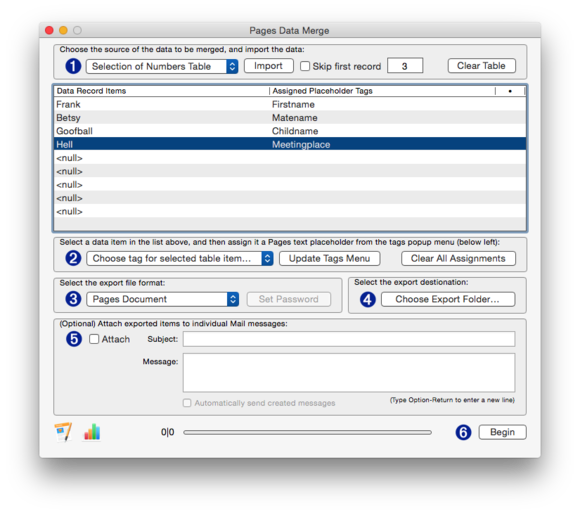

If you include queries that return more than 5,000 rows of data, only the first 5,000 rows returned are included in the merged results.īy default, that first query is considered the primary query. The Merged Results feature has a limit of 5,000 rows of data for each of the merged queries. When you merge queries, you start out by creating a single query from a single Explore, and then you combine other queries with that first query. You can use Merged Results as a proof of concept to further develop and define your LookML projects and models. In these cases, Merged Results lets you combine results from different Explores (even from different models or projects) to create data tables on which to Explore and create visualizations. However, there may be times when your Looker developers haven't created the relationships you need or have encountered technical limitations. Because of this, it is best to use a single Explore to examine your data. View the Optimize Looker performance Best Practices page for more information about optimizing Looker performance.Įxplores in Looker are designed by your Looker developers to combine the data from your database tables in the most effective way by using defined relationships between data fields and tables. Best practice is to define functions and logic in LookML instead, which generates SQL that is processed by your database.

Merged Results is a post-query processing feature that, if not used thoughtfully, can overtax Looker instance resources and cause your Looker instance to respond more slowly for all users.

Save money with our transparent approach to pricing Rapid Assessment & Migration Program (RAMP) Migrate from PaaS: Cloud Foundry, OpenshiftĬOVID-19 Solutions for the Healthcare Industry


 0 kommentar(er)
0 kommentar(er)
